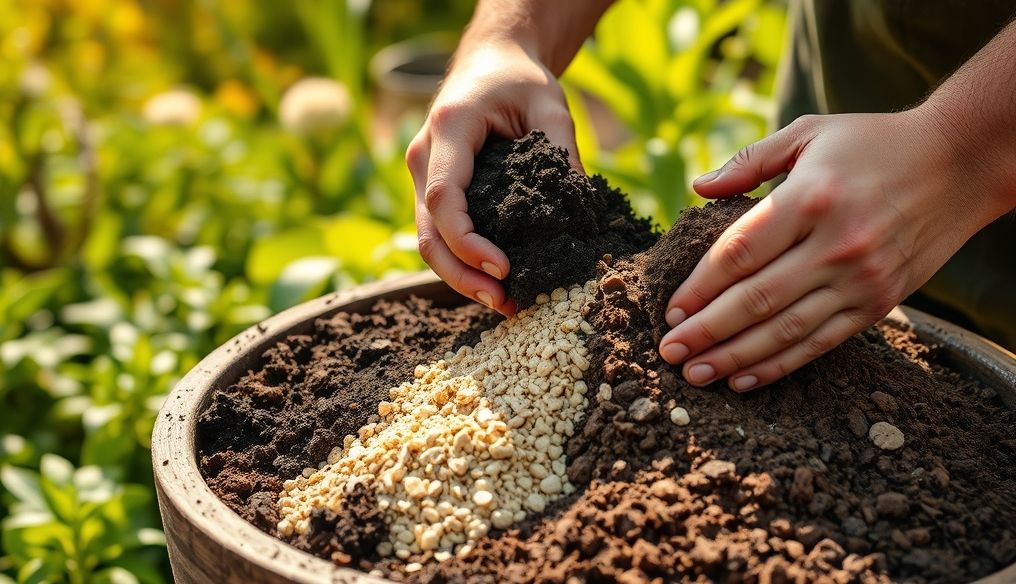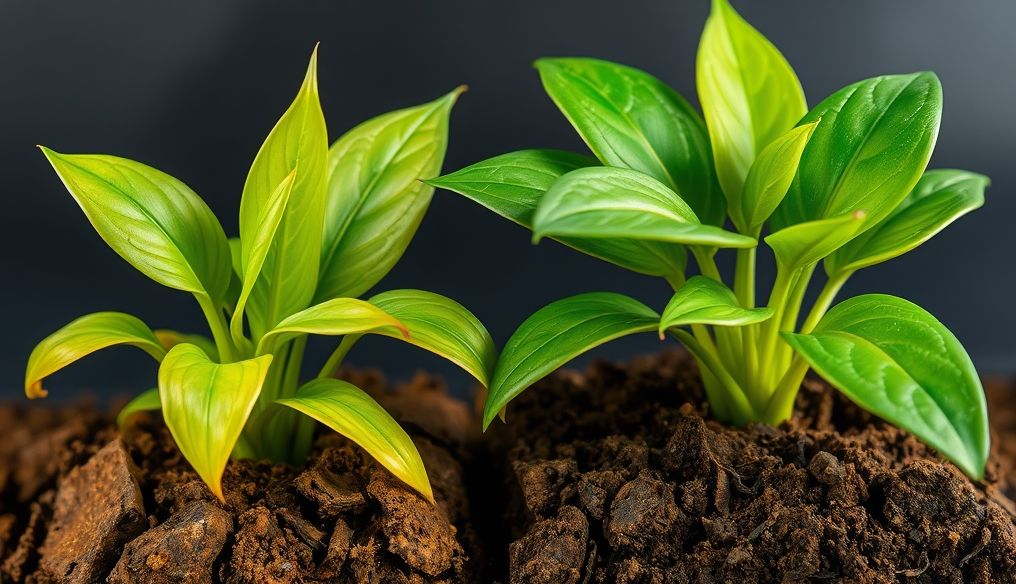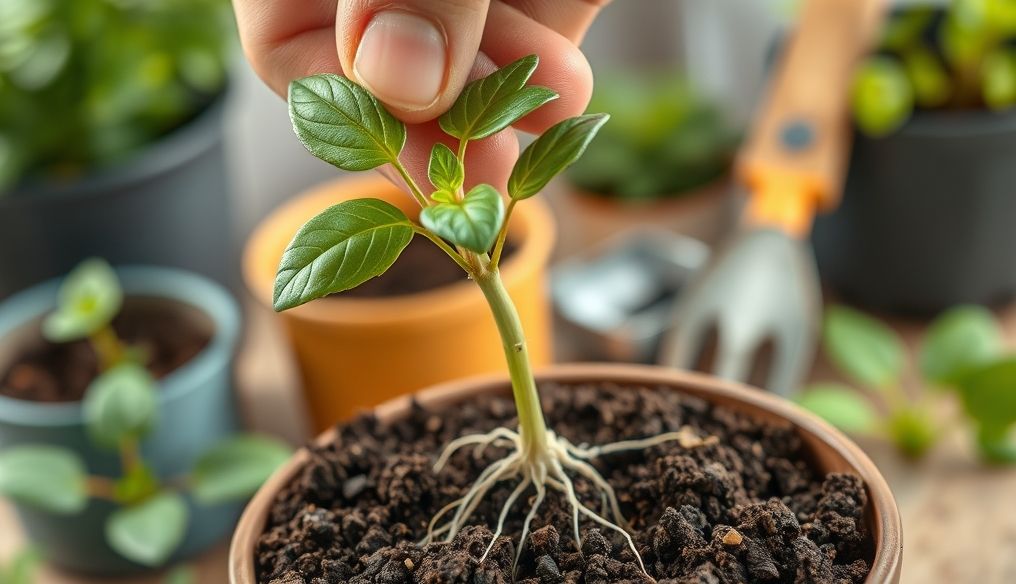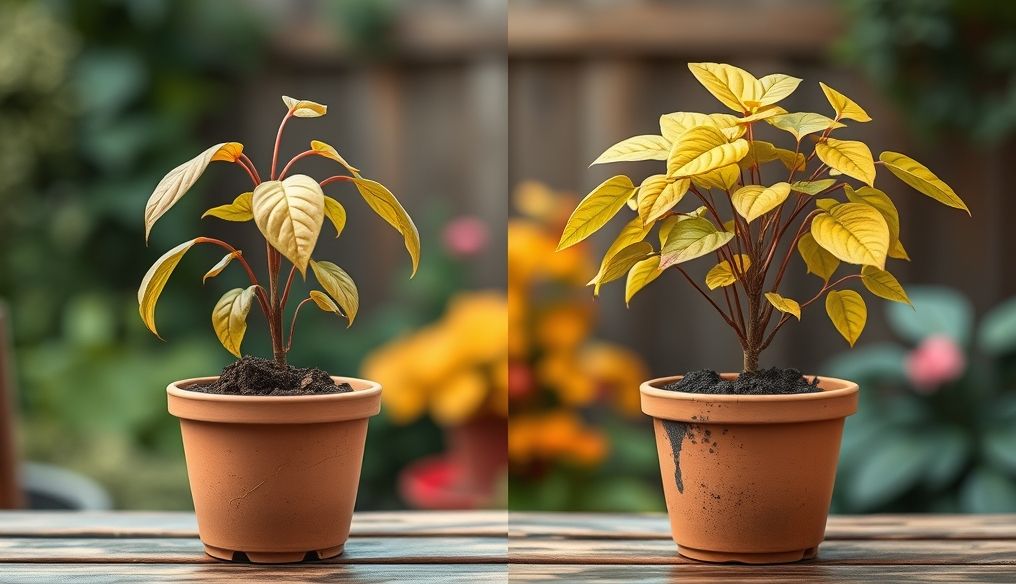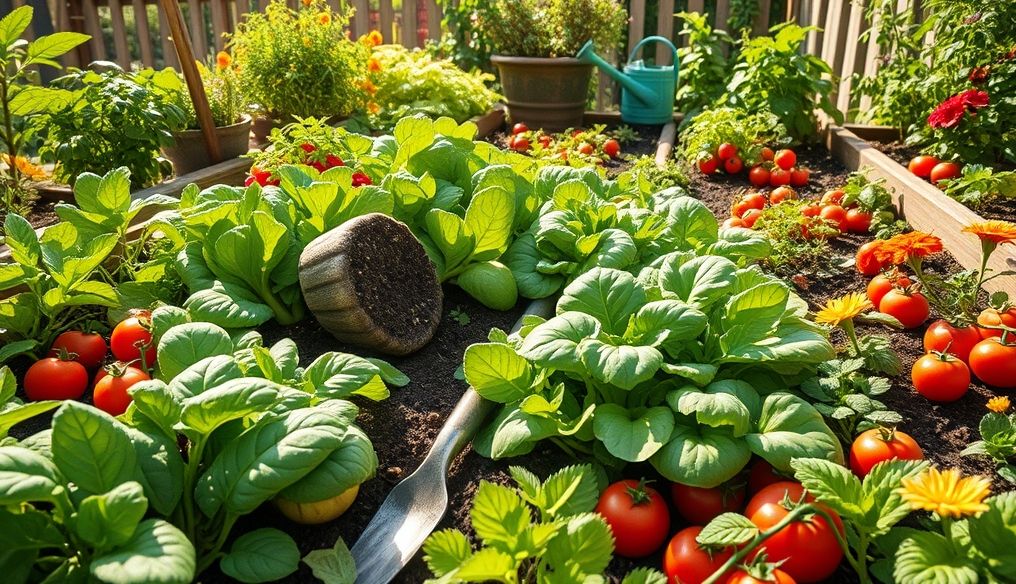Why Make Your Own Garden Soil?
Making your own garden soil saves you money, ensures the quality of the soil, reduces waste, and gives you complete control over the soil's ingredients to meet the specific needs of your plants. Plus, it's an eco-friendly activity!
What are the Different Types of Soil and Their Characteristics?
To understand how to make fertile soil, you must first understand the different types of soil and their characteristics:
- Sandy Soil: Well-draining, but retains water and nutrients poorly.
- Clay Soil: Retains water and nutrients well, but poorly draining and can become compacted.
- Loamy Soil: An ideal mix of sand, silt, and clay, providing good drainage and water/nutrient retention.
- Organic Soil (Peat Moss): Rich in organic matter, improves soil drainage and water/nutrient retention.
The Basic Ingredients for Making Fertile Garden Soil
To make fertile soil, you will need a mixture of the following ingredients:
- Base Soil: This can be sandy, clay, or loamy soil, depending on what is available to you.
- Organic Matter: Such as compost, decomposed manure, fallen leaves, and wood chips. Organic matter improves soil drainage and water/nutrient retention, and provides food for beneficial microorganisms in the soil.
- Drainage Materials: Such as coarse sand, perlite, and vermiculite. Drainage materials help prevent the soil from becoming compacted and ensure good water drainage.
- Nutrients: Such as bone meal, wood ash, and organic fertilizers. Nutrients provide the essential nutrients that plants need to grow.
Steps to Make Fertile Garden Soil
- Choose your base soil: If you have sandy soil, add more organic matter to increase its ability to retain water and nutrients. If you have clay soil, add more drainage materials to improve its drainage.
- Collect organic matter: You can make your own compost from food scraps and garden waste. You can also buy compost and decomposed manure from garden centers.
- Mix the ingredients: Mix the base soil, organic matter, drainage materials, and nutrients in a large container or on a tarp. Use the following proportions as a guide:
- 50% base soil
- 30% organic matter
- 20% drainage materials
- A small amount of nutrients (follow product instructions)
- Test the soil: Before planting, test the soil to make sure it has a suitable pH. Most plants prefer a pH between 6.0 and 7.0. You can buy a soil testing kit from garden centers.
- Adjust the soil: If the soil pH is too high, add sulfur. If the soil pH is too low, add lime.
Garden Soil Recipes for Different Types of Plants
Different types of plants require different types of soil. Here are some recipes for garden soil for different types of plants:
- Soil for Vegetables: Mix 50% loamy soil, 30% compost, and 20% coarse sand.
- Soil for Flowers: Mix 60% loamy soil, 20% compost, and 20% perlite.
- Soil for Succulents: Mix 40% sandy soil, 30% perlite, and 30% compost.
Tips for Maintaining Fertile Garden Soil
To maintain fertile garden soil, follow these tips:
- Add compost regularly: Add compost to the soil every year to improve its fertility.
- Avoid compacting the soil: Avoid walking on the soil or driving heavy machinery on it.
- Mulch the soil: Mulch the soil with straw or wood chips to keep it moist and prevent weed growth.
- Rotate crops: Rotate crops every year to prevent nutrient depletion from the soil.
- Test the soil regularly: Test the soil regularly to make sure it has a suitable pH and adequate levels of nutrients.
Common Soil Problems and How to Solve Them
You may encounter some common soil problems, such as:
- Compacted soil: This can be solved by adding more organic matter and drainage materials.
- Soil that is too acidic: This can be solved by adding lime.
- Soil that is too alkaline: This can be solved by adding sulfur.
- Nutrient deficiencies: This can be solved by adding organic fertilizers or chemical fertilizers.
Conclusion
Making fertile garden soil yourself is a great way to save money and improve the quality of your garden. By following these tips, you can create the perfect soil for all types of plants and enjoy a bountiful harvest.
